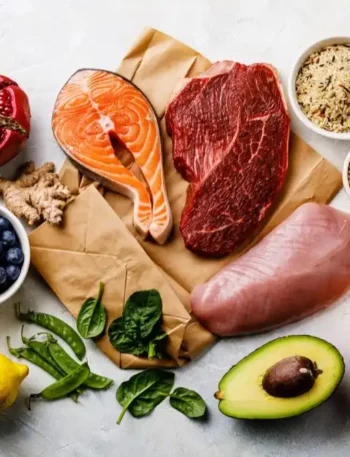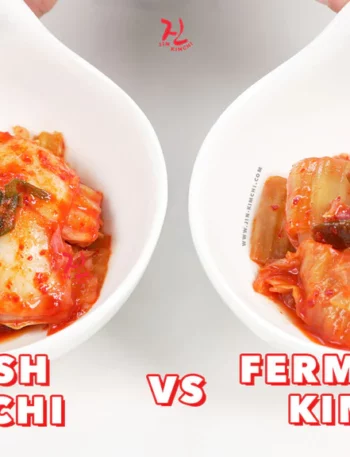
They were left to rot. Not because they weren’t nutritious. Not because they didn’t grow well. But because they weren’t sexy enough for Whole Foods shelves or Instagram smoothie bowls.
Welcome to the land of “graveyard crops”—the ancient, the weird, the unwanted. And guess what? They’re back. Louder. Wilder. Hungrier. This time, they’re not asking for space on your plate. They’re taking it.
We’re talking about the dusty rebels of agriculture—millets, amaranth, cowpeas, sorghum, teff. You know, the stuff your great-grandparents probably lived on but would now get you side-eyed at a vegan brunch.
These aren’t your high-maintenance kale divas or quinoa influencers. These are the OGs. Gritty. Resilient. Grown in brutal soil, fed by nothing but stubbornness and sun. The crops that survived famines, colonization, and being ghosted by modern food systems.
So what the hell happened?
Somewhere along the road to green juices and avocado toast, we decided our food had to be photogenic and easy to pronounce. Anything that didn’t play nice with Western palates or capitalist farming got ghosted.
Big Ag rode in with their uniform rows of corn and soy, pushing monocultures like they were the golden ticket. And all those earthy, old-school, oddly-shaped, nutrient-dense crops? Banished to obscurity. Tossed out like expired hummus.
But here’s the thing—they didn’t die. They waited. And now the planet’s throwing a tantrum. Droughts. Soil degradation. Food insecurity creeping like mold. Suddenly, everyone’s scrambling for answers, and these crusty old grains are looking like the comeback kids we never deserved.
Let’s get one thing straight: this isn’t some hipster trend born in a Brooklyn co-op. This is survival wearing boots caked with mud. Graveyard crops weren’t designed to be cute. They were designed to feed people when the world went sideways.
Millet, for example, can grow in hot, dry, salty hellscapes where wheat taps out sobbing. Sorghum? Practically laughs in the face of climate change. Amaranth? It’s got more protein than quinoa and refuses to play dead. These crops were made for chaos, for collapse. For now.
And it’s not just about nutrition—though they’re stacked with iron, zinc, fiber, antioxidants, and more weird compounds your body craves but your diet forgot. It’s about flipping the food script.
Tearing down the glittering façade of avocado exports and almond monocultures that drain rivers dry. It’s about eating in a way that doesn’t screw the planet harder than it already is.
Because let’s face it: kale isn’t gonna save us. Avocados won’t survive the apocalypse. But a gritty little pearl millet? That sucker’s not just surviving. It’s thriving.
The irony? The West is just now “discovering” these crops after ignoring them for decades.
Suddenly, amaranth’s getting bottled into protein shakes, teff’s flirting with gluten-free influencers, and millet’s popping up in Michelin-star menus like it never spent years buried in shame. Classic.
Like losing your wallet and then acting surprised when it was in your damn back pocket the whole time.
But there’s a deeper reckoning brewing. Food isn’t just what we eat—it’s who we erase. And when we buried these crops, we buried entire cultures with them.
Their flavors, their wisdom, their ways of working with the land, not against it. Bringing back graveyard crops isn’t just about fixing our plates—it’s about fixing our memory.
Because history doesn’t just repeat itself—it grows back. With roots deeper than any imported superfruit ever could.
So go ahead. Dust off the forgotten. Stir the pot. Dig your spoon into something that tastes like resistance, like dirt, like a second chance.
Because the future of food isn’t engineered in labs or shipped from Chile in plastic coffins. It’s been here all along, waiting in the shadows, growing strong in the cracks.
“The crops we buried are the ones that will feed us when the world burns.”









